Geoscience Reference
In-Depth Information
?
?
?
?
?
Mountain glaciers melting
Sea ice retreating
Permafrost melting
Greenland ice sheet melting
West Antarctic ice sheet melting
East Antarctic ice sheet growing?
Forest moving north
Greener deserts
Figure 28.6
Environmental predictions for the consequences of a 2
CO
2
world by 2100.
Source: After Ruddiman (2001)
associated with rapid glacier retreat and the Arctic through
more intense warming. In general, tropical/subtropical
humid-arid contrasts are expected to intensify - especially
in the Sahel - and a more general increase of precipitation,
with increasing inter-annual variability, is expected in the
Asian, southern West African and northern Australian
monsoons. Changing ENSO circulation patterns are likely
to increase precipitation in the eastern equatorial Pacific
Ocean at the expense of Central America. Rivers fed
wholly or substantially by snowpack and alpine glacier
meltwater will experience overall increases in discharge
but significant disturbance in the timing, extent and inter-
annual variability of spring flood peaks (
Plate 28.3
).
Similar trends are expected in arctic North America
and northern Asia as permafrost melts and rivers draining
into the Arctic Ocean ice-over later in autumn and
experience earlier spring break-up. Average rates are
increasing at 5.8 ± 1.6 days century
-1
and 6.5 ± 1.2 days
century
-1
respectively. Even as polewards atmospheric
water transfer in Earth's more active hydrometeorological
system stimulates higher winter snowfalls in higher
latitudes (including mountains), the near certainty of
above-average warming in the Arctic of
C by
AD
2100
should maintain negative snow and ice mass balances.
Arctic basin river discharge will therefore experience
higher annual turnover, with extended periods of
active flow and attenuated flood peaks. Only the East
Antarctic Ice Sheet is likely to experience positive
mass balance but total ice cover precludes the existence
of rivers.
6














































































































